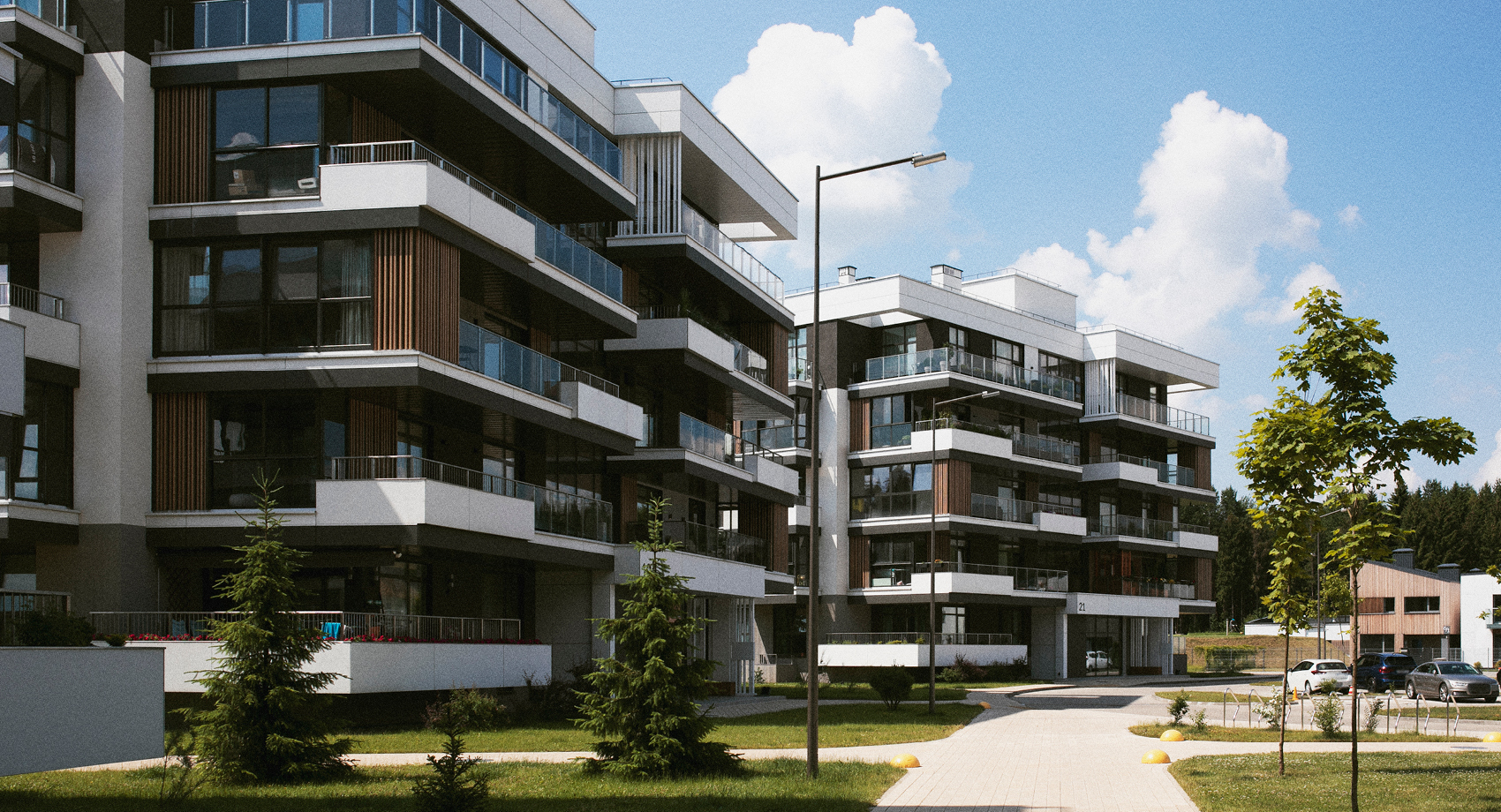A Technical consultation on the Infrastructure Levy was recently launched by the Department for Levelling Up, Housing and Communities (DLUHC). This sets out details regarding the new Infrastructure Levy (the Levy), which is a reform to the existing system of developer contributions.
The technical consultation follows a previous consultation on the Levelling-up and Regeneration Bill: reforms to national planning policy. It proposes reform to the existing system to make sure developers pay ‘a fairer share’ for affordable housing and local infrastructure. It is intended to replace section 106 contributions for most developments and will be introduced as part of the Levelling Up and Regeneration Bill.
Consequently, there could be significant amendments to the way contributions are secured and administered, with a raft of new measures proposed including timings on when the Levy is paid, and how affordable housing will be delivered.
Proposed Infrastructure Levy
DLUHC stated that:
“the aim of the Levy is to create a swifter, simpler, more transparent system, and one that will raise at least as much revenue as at present, if not more, for local authorities to provide the infrastructure and affordable housing that communities need”.
The Levy will be a locally-set, mandatory charge levied on the final value of completed development to replace the existing system of developer contributions, which are calculated when planning permission is obtained. By charging the Levy on the value of completed development, the amount collected will increase as development prices increase, or reduce as prices drop, in theory making the Levy more responsive to market conditions.
Routeways
Three “routeways” are proposed to frame the new Levy.
- The core routeway. The Levy will function as a cash-based system where rates and thresholds apply. S106 agreements will retain a restricted function, limited to securing matters that cannot be conditioned for.
- The infrastructure in-kind routeway. On the largest and most complex sites, often with unique infrastructure requirements, s106 agreements can be used to deliver infrastructure as an in-kind payment of the Levy. The value of this agreement must equal or exceed what would have been secured in cash through a calculation of Levy liabilities.
- The s106-only routeway. Sites where Gross Development Value (GDV) per m2 cannot be calculated, or where buildings are not the main focus of development, such as minerals or waste sites, will not be subject to the Levy. Planning obligations will apply as now.
Where infrastructure cannot be secured through planning conditions, targeted obligations will be used and known as “Delivery Agreements”. Section 106 will remain but can only be used in limited circumstances.
Levy rates and minimum thresholds
Levy rates will be set by the charging authority and will be subject to consultation and public examination.
Charging and paying the Levy
Levy liabilities will be based on GDV at the point of site sale or completion and would be charged as a percentage of GDV.
- Indicative calculations are submitted with an application.
- Estimated payments are made after commencement; and
- A final payment is made once the scheme is completed or sold which takes into account the GDV.
Delivering Infrastructure
Charging Authorities will be required to produce an “Infrastructure Delivery Strategy” used to set out spending priorities (such as health, transport, schools) and will be subject to public examination.
Affordable Housing
A new “right to require” will enable local authorities to secure affordable homes as a proportion of levy liabilities with the aim to deliver at least as much – if not more – on-site affordable housing as developer contributions do now, and how much is given in cash for other infrastructure.
Schemes comprised entirely of affordable housing will not be charged the Levy.
Other areas
Introducing the Levy
Implementation of the Levy will follow a ‘test and learn’ process over several years, which will support the effective implementation of the Levy, and provide local authorities and industry time to prepare and adapt to the change.
Sites permitted before the introduction of the new Levy will continue to be subject to their CIL and s106 requirements and will not move into the new Levy system.
Summary
The consultation on Infrastructure Levy is particularly complex and implementation in this form will have significant and long-term implications on future development proposals. We see this as a fundamental shift in terms of how developer contributions are secured. The primary impact of a more complex system is likely to cause delays for developments and consequently a slowdown in delivery.
The test and learn period means that developers and charging authorities will lack clarity on how the Levy will work in practice. Further clarity and guidelines on how the Levy will function in practice will therefore be required.
The consultation is due to end on 9 June 2023. A parallel consultation is also taking place regarding Environmental Outcomes Reports: a new approach to environmental assessment, which we will be sharing our thoughts on shortly. The consultation will examine the use of powers sought within the Levelling Up and Regeneration Bill to implement a new domestic framework for environmental assessment.
We will be publishing further research on this and the potential implications for a range of development types, so please click here to subscribe for further details.
If you would like to discuss the consultations in more detail, or submit representations, please get in touch using the contact details below.
Get in touch


Email me direct
To:
REGISTER FOR UPDATES
Get the latest insight, event invites and commercial properties by email







